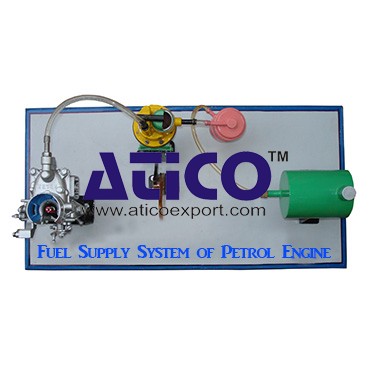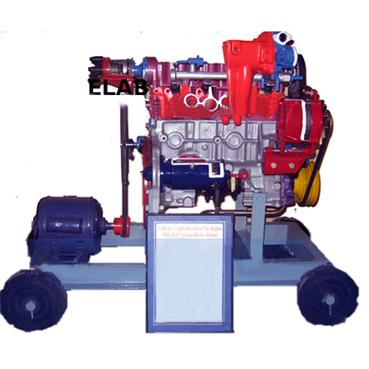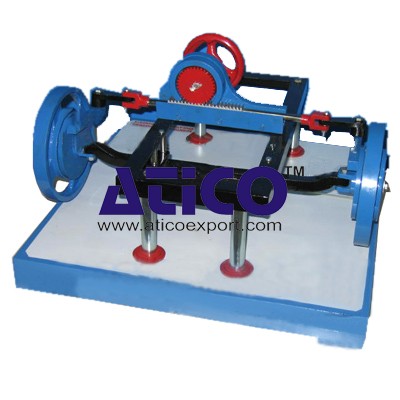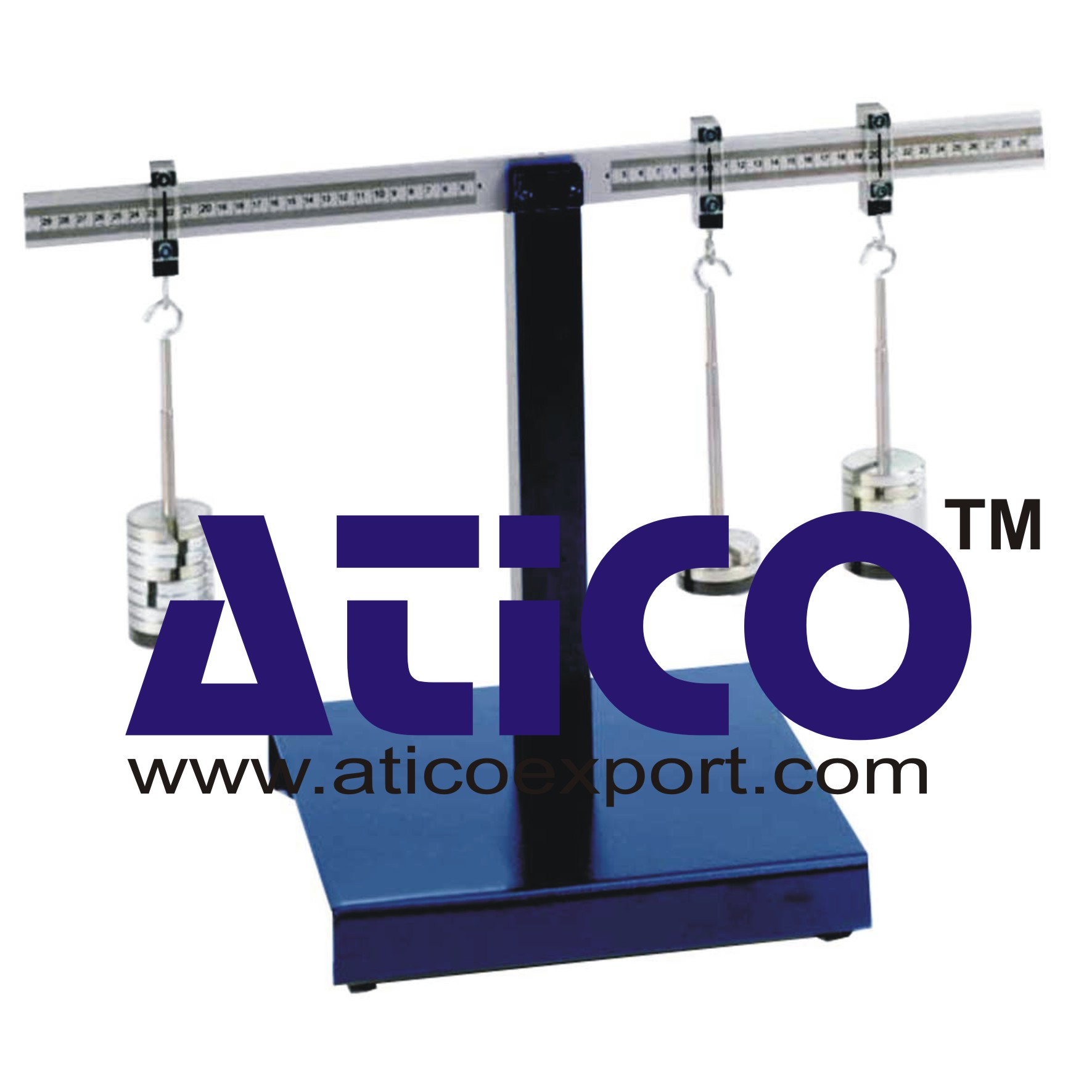Wind Tunnel for Visualisation of Streamlines
Categories: Engineering Lab EquipmentStreamlines can be visualised in steady flow in the wind tunnel by using fog, smoke or tufts. In this way, a clear impression of an instantaneous flow field can be presented and problematic flow areas...
Product
Description
Streamlines can be visualised in steady flow in the wind tunnel by using fog, smoke or tufts. In this way, a clear impression of an instantaneous flow field can be presented and problematic flow areas, such as stall, can be shown.
The experimental unit is an open wind tunnel, in which streamlines, flow separation and turbulence can be made visible by using fog. The evaporated fog fluid is non-toxic, water soluble and the precipitate does not affect common materials. Precipitates can be easily wiped off with a cloth.
The air flow is generated by a fan. To achieve a low-turbulence flow, the air flows through a stabilisation chamber with a flow straightener. Fog is added to the flowing air through several nozzles. Then the air flows around or through a model in a experimental section and the flow field becomes visible. The experimental section has a black background and a sight window; additional lighting makes the streamlines clearly visible.
Four interchangeable models (cylinder, orifice plate, aerofoil and guide vane profile) are included. The aerofoil’s angle of attack is adjustable.
Learning Objectives/Experiments
Visualisation of streamlines
Flow around or through differently shaped models
Flow separation and turbulence
Stall as a function of the angle of attack
Specification
Visualisation of streamlines flowing around and through different models
Open wind tunnel with radial fan and a fog generator
Operation with non-toxic and water-soluble fog fluid
Illuminated experimental section with sight window and black background
Low-turbulence flow through stabilisation chamber with flow straightener
Distributor with nozzles for injecting the fog
Four different models, angle of attack at aerofoil and guide vane profile adjustable
Scale for displaying the angle of attack
Technical data
Experimental section
transparent area: 252x252mm
cross-section: 252x42mm
aerofoil pivotable by 360°
Models
cylinder: diameter: 60mm, height: 24,5mm
aerofoil: 15x24,5x100mm
guide vane profile: 20x24,5x100mm
orifice plate: 2x 25x24,5x10mm
orifice opening: 10mm
Radial fan
max. volumetric air flow rate: 480m3/h
max. pressure difference: 300Pa
Fog generator
power consumption: 700W
230V, 50Hz, 1 phase
230V, 60Hz, 1 phase
Dimensions and weight
LxWxH: 1400x500x490mm
Weight: approx. 50kg
quick overview :
Streamlines can be visualised in steady flow in the wind tunnel by using fog, smoke or tufts. In this way, a clear impression of an instantaneous flow field can be presented and problematic flow areas, such as stall, can be shown.
The experimental unit is an open wind tunnel, in which streamlines, flow separation and turbulence can be made visible by using fog. The evaporated fog fluid is non-toxic, water soluble and the precipitate does not affect common materials. Precipitates can be easily wiped off with a cloth.
The air flow is generated by a fan. To achieve a low-turbulence flow, the air flows through a stabilisation chamber with a flow straightener. Fog is added to the flowing air through several nozzles. Then the air flows around or through a model in a experimental section and the flow field becomes visible. The experimental section has a black background and a sight window; additional lighting makes the streamlines clearly visible.
Four interchangeable models (cylinder, orifice plate, aerofoil and guide vane profile) are included. The aerofoil’s angle of attack is adjustable.
Learning Objectives/Experiments
Visualisation of streamlines
Flow around or through differently shaped models
Flow separation and turbulence
Stall as a function of the angle of attack
Specification
Visualisation of streamlines flowing around and through different models
Open wind tunnel with radial fan and a fog generator
Operation with non-toxic and water-soluble fog fluid
Illuminated experimental section with sight window and black background
Low-turbulence flow through stabilisation chamber with flow straightener
Distributor with nozzles for injecting the fog
Four different models, angle of attack at aerofoil and guide vane profile adjustable
Scale for displaying the angle of attack
Technical data
Experimental section
transparent area: 252x252mm
cross-section: 252x42mm
aerofoil pivotable by 360°
Models
cylinder: diameter: 60mm, height: 24,5mm
aerofoil: 15x24,5x100mm
guide vane profile: 20x24,5x100mm
orifice plate: 2x 25x24,5x10mm
orifice opening: 10mm
Radial fan
max. volumetric air flow rate: 480m3/h
max. pressure difference: 300Pa
Fog generator
power consumption: 700W
230V, 50Hz, 1 phase
230V, 60Hz, 1 phase
Dimensions and weight
LxWxH: 1400x500x490mm
Weight: approx. 50kg
Product
Reviews
add Review
reviews
No Review Yet.
Copyrights © 2025 All Rights Reserved by Atico














Product
Reviews
add Review
reviews
No Review Yet.